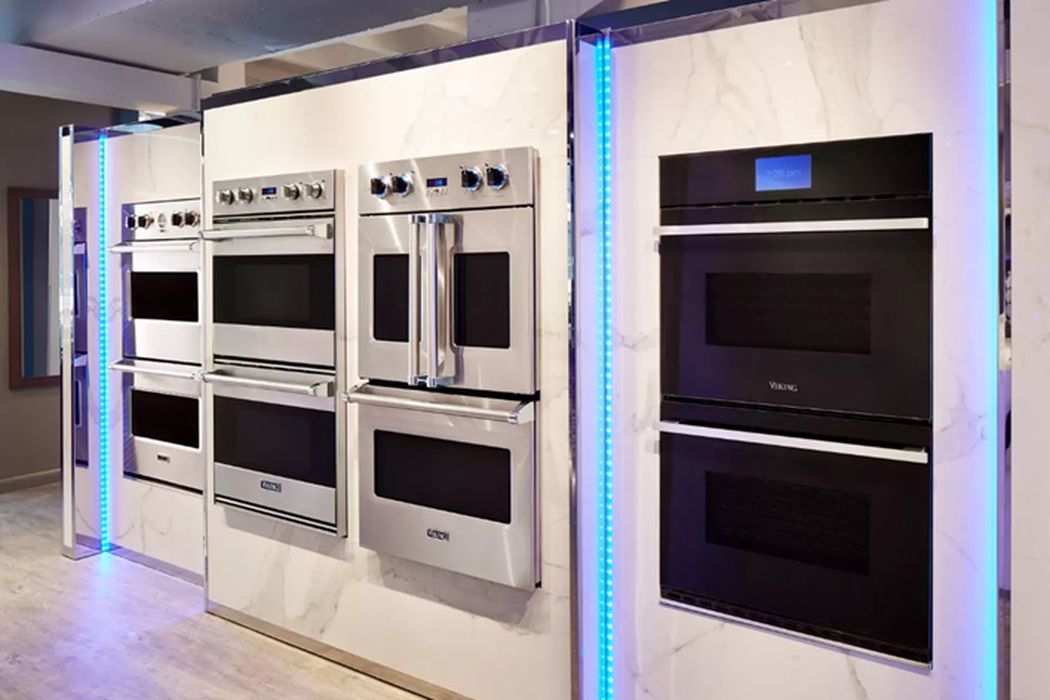
Charles Goulding and Mwansa Chabala consider how 3D printing could be applied to the induction cooking market.
We like to see major new product categories where 3D printing has the opportunity to demonstrate its capabilities right from the onset. Although induction kitchen ovens are not new and are more prevalent in Europe than in the U.S., they are beginning to penetrate the U.S. market as a result of performance, new market entrants, innovative design and energy cost savings.
Middleby Corporation of Elgin, Illinois with its Cooktek brand is the leading manufacturer of induction ovens in the United States. Middleby had 2022 sales exceeding US$4B which is an impressive 29% increase from 2021. We described Middleby’s 3D printing expertise in our June 27th Fabbaloo article entitled “Applying 3D Printing Technology to Kitchen Appliances”.

In 2022, Impulse Labs of San Francisco raised US$20M in Class A funding with an innovative design that enables induction cooking directly on granites, stone and porcelain. This follows a US$5M seed round in 2021. Impulse claims its ovens can boil water ten times faster than gas stoves.
AGA, a long time British manufacturer, has a wide range of classic Induction ovens that are appropriate for any well-designed kitchen.

Celebrity chefs have been touting the advantages of induction cooking including Tom Colicchio who has said that induction cooking is “more precise than gas”.
The very popular Great British Baking Show where precision is crucial for their elaborate creations uses induction ovens.
It is possible that metal and ceramic 3D printing processes could be used to create new products for the inductive cooking market, and those products could adopt radical designs by using the advantages of 3D printing technology.
The Research & Development Tax Credit
The now permanent Research and Development (R&D) Tax Credit is available for companies developing new or improved products, processes and/or software.
3D printing can help boost a company’s R&D Tax Credits. Wages for technical employees creating, testing, and revising 3D printed prototypes can be included as a percentage of eligible time spent for the R&D Tax Credit. Similarly, when used as a method of improving a process, time spent integrating 3D printing hardware and software counts as an eligible activity. Lastly, when used for modeling and preproduction, the costs of filaments consumed during the development process may also be recovered.
Whether it is used for creating and testing prototypes or for final production, 3D printing is a great indicator that R&D Credit eligible activities are taking place. Companies implementing this technology at any point should consider taking advantage of R&D Tax Credits.
Conclusion
One third of Americans use gas stoves for cooking. This means there is a huge addressable market for induction ovens. The 3D printing market should take notice.
